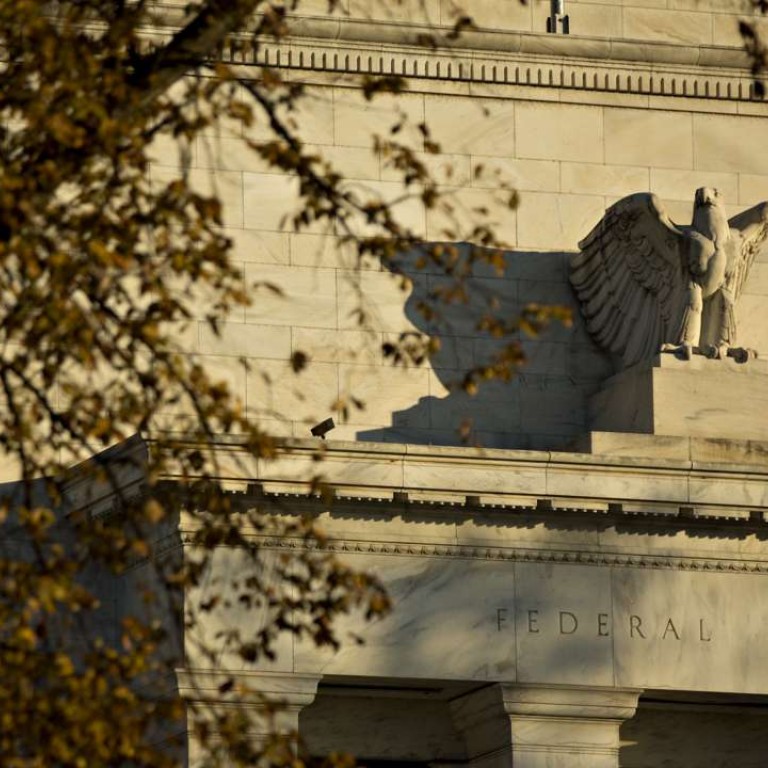
US Fed ends era of easy funds with rate increase, foretelling three more moves in 2017
Hong Kong Monetary Authority follows US Fed move in raising key rate by 25 basis points
The US Federal Reserve raised its key interest rate for the first time in a year, and foreshadowed three additional moves in 2017, officially ending almost a decade of loose monetary policy that has flooded the world’s capital markets with cheap money and bolstered asset prices.
The Fed increased its key rate by 25 basis point to a target range of between 0.5 and 0.75 per cent, the first increase since December 2015. The Hong Kong Monetary Authority followed the Fed’s move with a 25 basis point increase in its base rate to 1 per cent, to preserve the city’s currency peg with the US dollar.
While the US move had been well telegraphed and much delayed, Fed chair Janet Yellen signalled that the American economy is strong enough to withstand more increases next year, in a policy stance that’s more aggressive than the market anticipated.
Most Asian equity markets declined after the Fed’s move. Shanghai’s Composite Index fell 0.7 per cent, while the CSI 300 index fell 1.1 per cent. The yuan weakened to an eight-year low of 6.9505 per dollar.
China’s bond market saw a record sell-off on Thursday morning with benchmark 10-year treasury futures March delivery closed 1.81 per cent lower, the biggest drop since resumed trading three years ago.
The Hang Seng Index fell 1.8 per cent to a four-month low of 22,059.40 after the Hong Kong Monetary Authority followed the Fed’s 25 basis point move. The Hang Seng China Enterprises Index fell 2.3 per cent to 9,479.16.
With more interest rate increases in 2017, capital could flow out of Hong Kong, causing ripples to the city’s economy, said Norman Chan, chief executive of the city’s de facto central bank, during a press conference.
“With the US interest rates now rising, it’s expected that some of the estimated US$130 billion of capital inflow into Hong Kong since 2008 will be exchanged back to the US dollar,” Chan said.
A series of further interest rate increases will spell the end of negative real rates in Hong Kong, which may cause real estate prices to plummet, property agents and analysts said. Meanwhile, higher interest rates may spill over to increased mortgage rates, which will pile on the financing burden for home buyers.
“Interest rate is only one factor that affects the property market,” Chan said. “There are other reasons for people to decide when to buy or sell their properties.”
Hong Kong’s commercial banks have yet to raise their rates. HSBC, Hang Seng Bank, Bank of China (Hong Kong), Dah Sing Bank and the Bank of East Asia all announced they would leave their deposit and loan rates unchanged.
In Hong Kong, a number of markets including bonds, stocks, property and foreign exchange are likely to be affected by the move, said EY’s Asia-Pacific senior partner of financial services Keith Pogson, who expects as many as six relatively small increases of US interest rates over a period of time.
“We may see regional currency volatility, but in the long run this is to some part at least priced in and will level out over time,” Pogson said.
Further interest rate increases next year will lead to mixed fortunes for world currencies, said the Hang Seng Bank’s executive director Andrew Fung, who expects three to four rate increases in 2017.
“This will support a strong US dollar,” Fung said. “The yuan will weaken along with the yen and the euro.”
With reporting by Alun John

